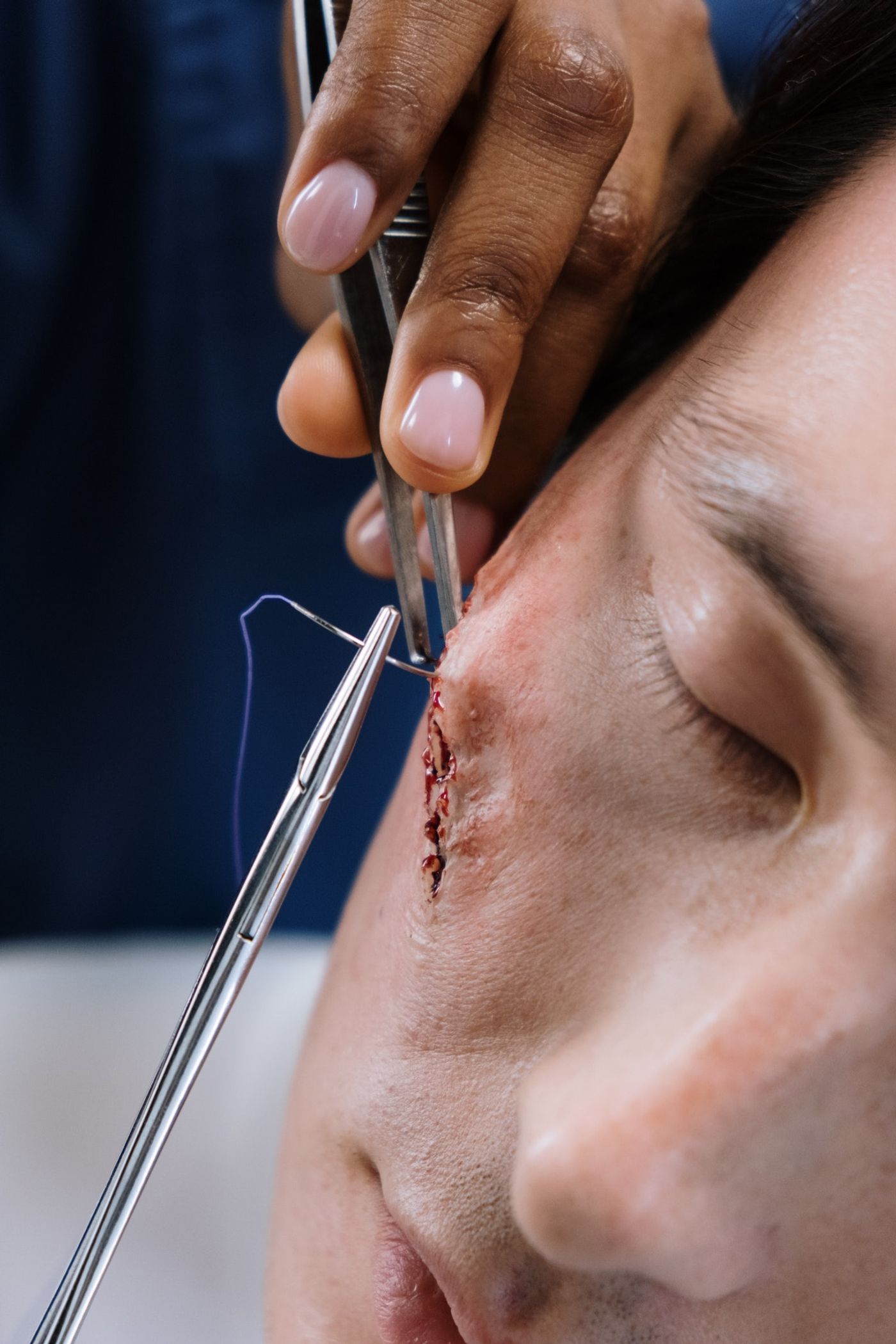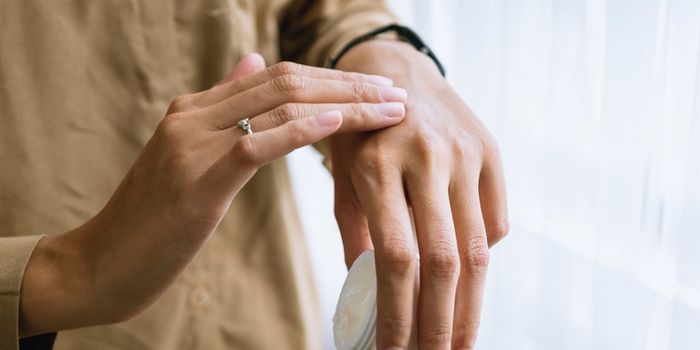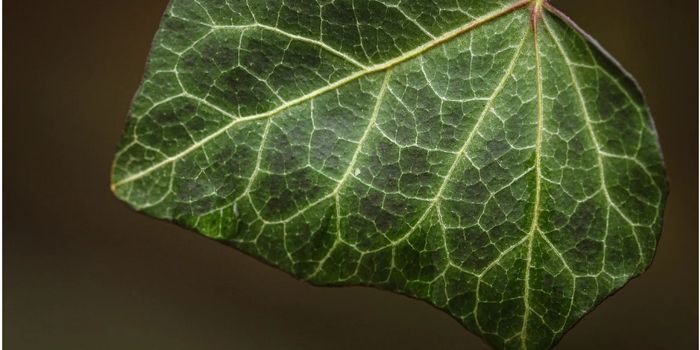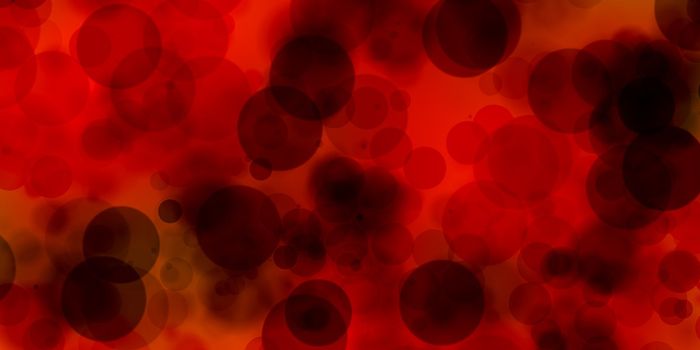Scar-Free Healing Starts With Mobilizing the Immune System
Thanks to a new hydrogel biomaterial developed by researchers at Duke University, we are one step closer to the holy grail of scar-free wound healing. The hydrogel is designed to self-destruct following wound closure and activates the adaptive immune system for a more robust healing response after injury.
“The body forms scar tissue as fast as possible to reduce the chance of infection, to reduce pain, and, in larger wounds, to avoid water loss through evaporation,” said the study’s first author, Maani Archang from the University of California, Los Angeles. “It’s a natural process of wound healing.”
Around 5 years ago, the team created the first iteration of healing biomaterials — the microporous annealed particle, or MAP, hydrogel. Instead of sitting on the surface of the skin like most clinically-approved wound dressings, this hydrogel lies inside the wound. This acts as a scaffold, allowing infiltrating skin cells to access the middle of the wound and regenerate the damaged tissue. Although MAPs accelerated healing, the team noticed that the quality of “new” skin was compromised — hair and sebaceous glands could not form properly.
“Previously we’d seen that as the wound started to heal, the MAP gel started to lose porosity, which limited how the tissue could grow through the structure,” said MAP developer Don Griffin, an assistant professor at the University of Virginia.
“We hypothesized that slowing down the degradation rate of the MAP scaffold would prevent the pores from closing and provide additional support to the tissue as it grows, which would improve the tissue’s quality.”
The new and improved hydrogel incorporated a chemical linker which allowed the body to naturally break it down during the healing process. When the team tested the novel biomaterial in mouse models of wound healing, they observed that over the course of tissue regeneration, the gel had completely degenerated and the healed skin appeared to be stronger. Additionally, the newly-formed scars featured hairs and other complex features that are typically lacking after healing.
The activation of the immune system is key to achieving this scar-free healing. “There are two types of immune responses that can occur after injury—a destructive response and a more mild regenerative response,” said research team leader Philip Scumpia.
“When most biomaterials are placed in the body, they are walled off by the immune system and eventually degraded or destroyed. But in this study, the immune response to the gel induced a regenerative response in the healed tissue.” By activating the immune system with these hydrogels, the physiological processes of repair and regeneration are favored over tissue destruction and scar formation.
Sources: Nature Materials, Duke University.









